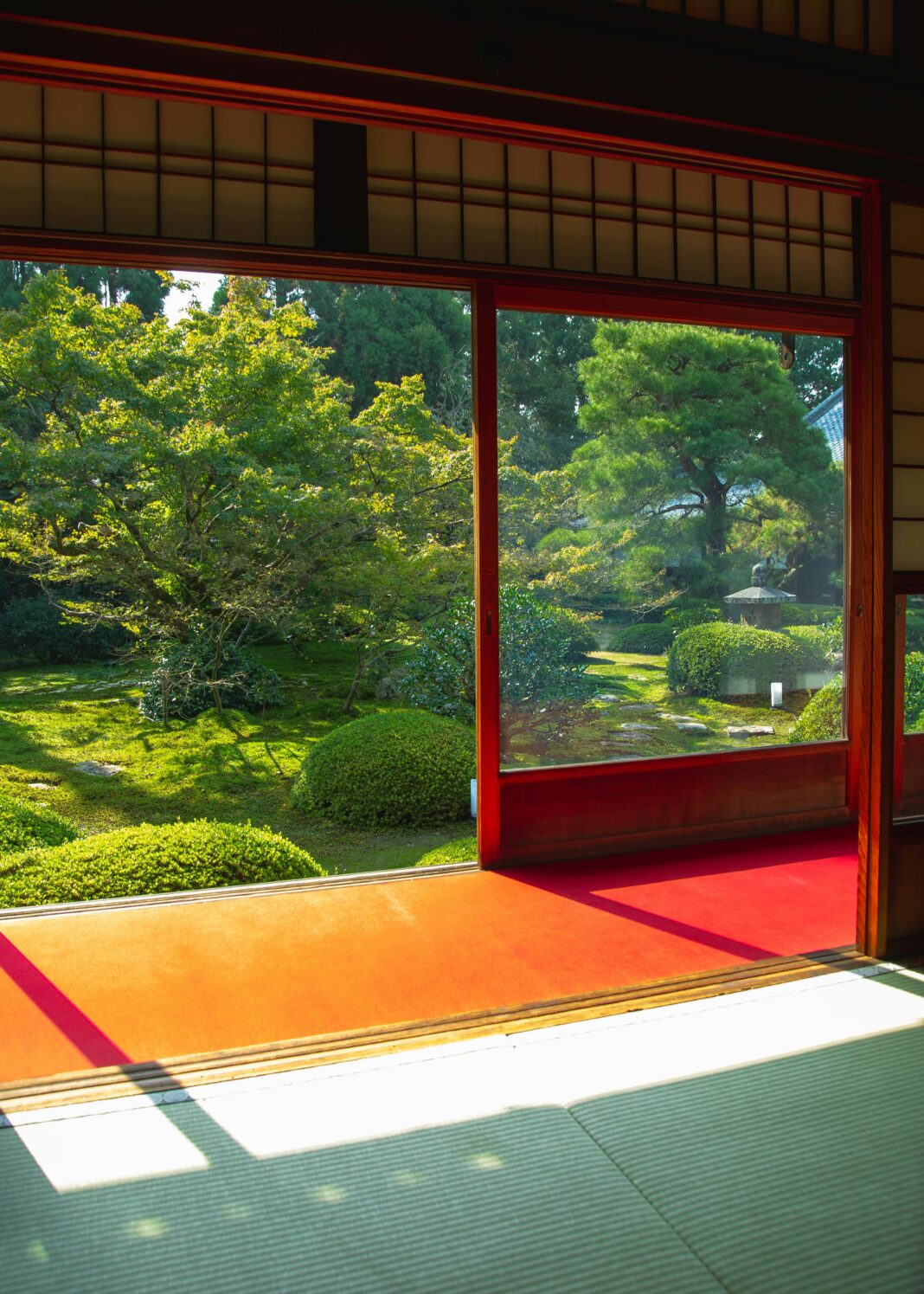Introduction
In a world bustling with noise and chaos, Asian gardens stand as tranquil havens, offering a sanctuary for the soul. These meticulously crafted landscapes are not merely spaces adorned with flora; they are profound expressions of art, culture, and philosophy. Join us on a journey through the enchanting realms of Asian gardens, where every step unveils a new facet of beauty and harmony.
The Essence of Asian Gardens
Exploring the History and Origins
Asian gardens have a rich history steeped in tradition and symbolism. Originating thousands of years ago, these gardens were cultivated as sacred spaces, often associated with religious practices and meditation.
Design Principles
At the heart of every Asian garden lies a profound understanding of natural elements and their harmonious balance. From the principles of Feng Shui to the art of bonsai cultivation, every aspect of design meticulously planned to create a sense of tranquility and balance.
Elements of Design
Asian gardens are characterized by their careful selection of elements, each imbued with deep symbolic meaning. From tranquil ponds and meandering pathways to carefully pruned trees and intricate rock formations, every feature is thoughtfully arranged to evoke a sense of serenity and contemplation.
Exploring Asian Garden Styles
Japanese Gardens
Japanese gardens, known for their minimalist aesthetic and profound symbolism, are designed to reflect the beauty of nature in its purest form. From the tranquil ripples of koi ponds to the meditative Zen rock gardens, each element is carefully chosen to evoke a sense of harmony and tranquility.
Chinese Gardens
Chinese gardens are steeped in history and tradition, often inspired by classical poetry and philosophy. These gardens feature intricate pavilions, winding pathways, and lush vegetation, creating a sense of mystery and romance that captivates the imagination.
Balinese Gardens
Balinese gardens are a celebration of tropical beauty, featuring vibrant flora, exotic sculptures, and cascading water features. These lush oases designed to awaken the senses and transport visitors to a world of tropical splendor.
The Healing Power of Nature
Mindfulness and Meditation
Asian gardens have long revered as places of spiritual nourishment and renewal. Amidst the serene beauty of nature, visitors invited to quiet their minds, cultivate mindfulness, and reconnect with the essence of their being.
Stress Relief and Well-being
In today’s fast-paced world, the importance of nature’s healing touch cannot overstated. Studies have shown that spending time in natural environments, such as Asian gardens, can reduce stress levels, lower blood pressure, and promote overall well-being.
Certainly! Let’s expand on the content further to provide a more comprehensive guide to Asian gardens.
Asian Garden Features and Symbolism
Koi Ponds
Koi ponds are a quintessential feature of Asian gardens, symbolizing prosperity, longevity, and perseverance. The vibrant colors of the koi fish gliding gracefully through the water create a mesmerizing focal point, inviting contemplation and reflection.
Zen Rock Gardens
Zen rock gardens, also known as karesansui gardens, are expressions of simplicity and harmony. Composed of carefully raked gravel or sand and strategically placed rocks, these minimalist landscapes evoke a sense of serenity and stillness, encouraging mindfulness and meditation.
Tea Houses and Pavilions
Tea houses and pavilions are integral elements of Asian garden design, serving as gathering places for contemplation, socializing, and tea ceremonies. These architectural structures often nestled amidst lush foliage, offering a tranquil retreat from the outside world.
Moon Gates
Moon gates arched doorways commonly found in Chinese gardens, symbolizing harmony, unity, and the cyclical nature of life. Passing through a moon gate believed to bring good fortune and blessings, making it a popular feature in both traditional and contemporary garden designs.
Cultural Significance of Asian Gardens
Philosophical Influences
Asian gardens deeply influenced by Eastern philosophical traditions such as Taoism, Confucianism, and Zen Buddhism. These philosophical principles emphasize the interconnectedness of all living beings and the importance of living in harmony with nature, guiding the design and cultivation of Asian gardens.
Artistic Expression
Asian gardens regarded as living works of art, with every element carefully crafted to evoke emotion and inspire contemplation. From meticulously pruned bonsai trees to intricately carved stone lanterns, each feature reflects the artistic sensibilities of its creators and the cultural heritage from which it emerged.
Sacred Spaces
Throughout history, Asian gardens have served as sacred spaces for spiritual practice and reverence. Whether nestled within temple grounds or adorning the estates of royalty, these gardens are imbued with a sense of sanctity, inviting visitors to connect with the divine and cultivate inner peace.
Preserving the Legacy of Asian Gardens
Conservation Efforts
In an age of urbanization and environmental degradation, the preservation of Asian gardens is of paramount importance. Organizations and individuals around the world dedicated to safeguarding these cultural treasures, employing sustainable practices and educational outreach to ensure their legacy endures for future generations.
Community Engagement
Asian gardens serve as cultural landmarks and community hubs, fostering a sense of belonging and cultural pride. Through educational programs, volunteer opportunities, and public events, these gardens engage with diverse audiences, promoting cross-cultural understanding and appreciation.
Innovations in Garden Design
Asian garden design continues to evolve, incorporating modern technologies and innovative practices to meet the challenges of the 21st century. From rooftop gardens in urban settings to eco-friendly landscaping techniques. Contemporary Asian gardens are embracing sustainability and resilience in the face of environmental change
Conclusion
Asian gardens are more than mere landscapes; they are living embodiments of culture, art, and spirituality. From the tranquil beauty of Japanese Zen gardens to the grandeur of Chinese imperial gardens. Each offers a glimpse into the profound wisdom of Eastern traditions. As we wander through these enchanted realms, let us heed the timeless lessons they impart: to cherish nature, cultivate harmony, and find peace amidst life’s ever-changing rhythms.
